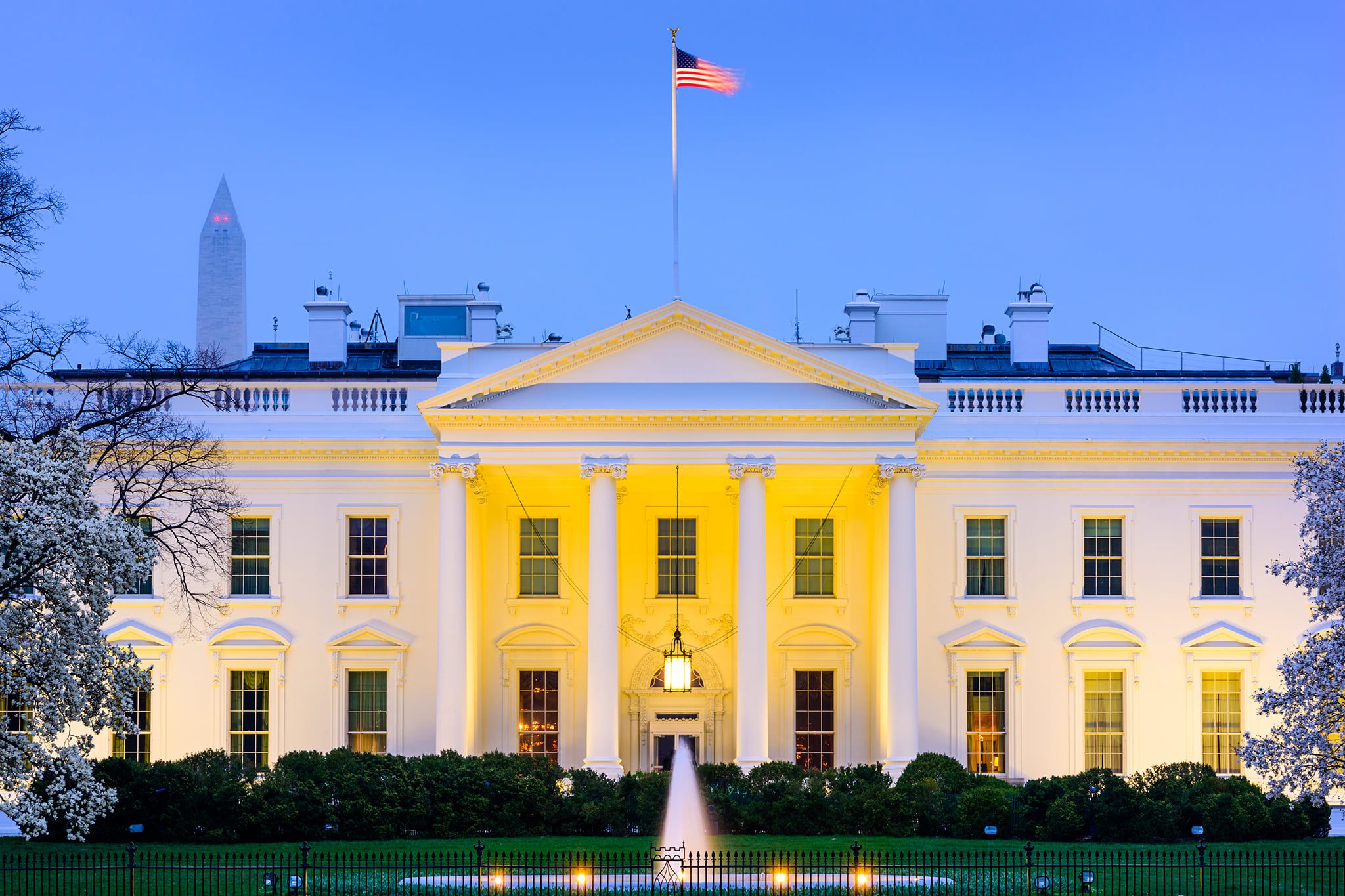Jobs Plan Includes Electric Infrastructure and Additional Broadband Funding
Randy Sukow
|

Broadband service to 100 percent of the United States is among the goals stated in The American Jobs Plan, a $2 trillion initiative the White House announced yesterday. At the heart of the plan is billions in spending on infrastructure projects, including electric infrastructure. In addition, the bill would augment recent allocations to improve broadband coverage with what it calls “a historic investment of $100 billion.”
“You know, in America, where the early interest was in internet — this thing called the internet that we invested — we invented, the early — the early internet was invented here,” President Biden said yesterday according to the White House transcript of a speech in Pittsburgh to announce the plan. “Millions of Americans, though, lack access to reliable high-speed internet, including more than 35 percent of rural America.”
The electric utility section of the plan calls for a 10-year extension of a current tax credit for solar and other alternative energy generation as well as for electric storage systems. The plan also would support alternative energy through a series of block grants to the states. As electric generation, transmission and distribution systems modernize, the plan would establish an Energy Efficiency and Clean Electricity Standard (EECES) setting benchmarks for carbon-free emissions, more efficient use of infrastructure and lowering consumer electricity bills. Ultimately, the plan seeks “100 percent carbon-pollution free power by 2035,” according to a White House fact sheet.
“As we plan for a future that depends on electricity as the primary energy source for a majority of the economy, strategic investments in grid modernization and energy innovation are critical,” NRECA CEO Jim Matheson said in a statement. “Equally important is support for expanded rural broadband and other efforts to help rural families and businesses.”
“If we have learned anything from the last year, it is that connections matter, broadband matters – and speed and capacity matter. We need to aim high and invest in efficient and scalable technologies like fiber to meet the needs not only of today’s consumers but also tomorrow’s,” said Shrley Bloomfield, CEO of NTCA, the Rural Broadband Association in her statement.
In addition to aiming another $100 billion toward broadband infrastructure and affordability, the plan says that it “prioritizes support for broadband networks owned, operated by, or affiliated with local governments, non-profits, and cooperatives—providers with less pressure to turn profits and with a commitment to serving entire communities.”
Other broadband spending passed in recent months divides funding between the FCC, Commerce Department and the states to cover infrastructure construction as well as ways to make broadband more affordable. It is unclear how the plan will distribute the additional support. This and other details will likely emerge during the legislative process.
For example, the plan looks at ways to reduce consumer broadband costs, including eliminating subsidies for broadband services. “While the President recognizes that individual subsidies to cover internet costs may be needed in the short term, he believes continually providing subsidies to cover the cost of overpriced internet service is not the right long-term solution for consumers or taxpayers,” the plan says.
The plan does not specifically mention the FCC’s universal service fund program, which is the most prominent broadband subsidy. Does the plan envision phasing out USF, which many currently believe is in dire need of reform?
“It is kind of ironic, at least in my mind, that the plan calls out subsidies as contributing to the high cost of broadband. Some would argue that those subsidies do the exact opposite, at least for rural residents. They act to keep costs lower in high-cost areas and more comparable with lower cost to serve urban areas,” said Telecompetitor Publisher and Editor-in-Chief Bernie Arnason in an article yesterday.
USTelecom applauded making broadband connectivity for all Americans a priority. At the same time, he pointed out that there are good elements in the current broadband marketplace worth preserving.
“Let’s remember this: our shared communications networks are backed by $1.8 trillion in private investment that helped the country navigate the depths of the pandemic with reliable and resilient connectivity,” said USTelecom President and CEO Jonathan Spalter. “Today’s broadband marketplace is also ultra-competitive, defined by increasing speeds, declining prices, new entrants and next-generation technologies.”


